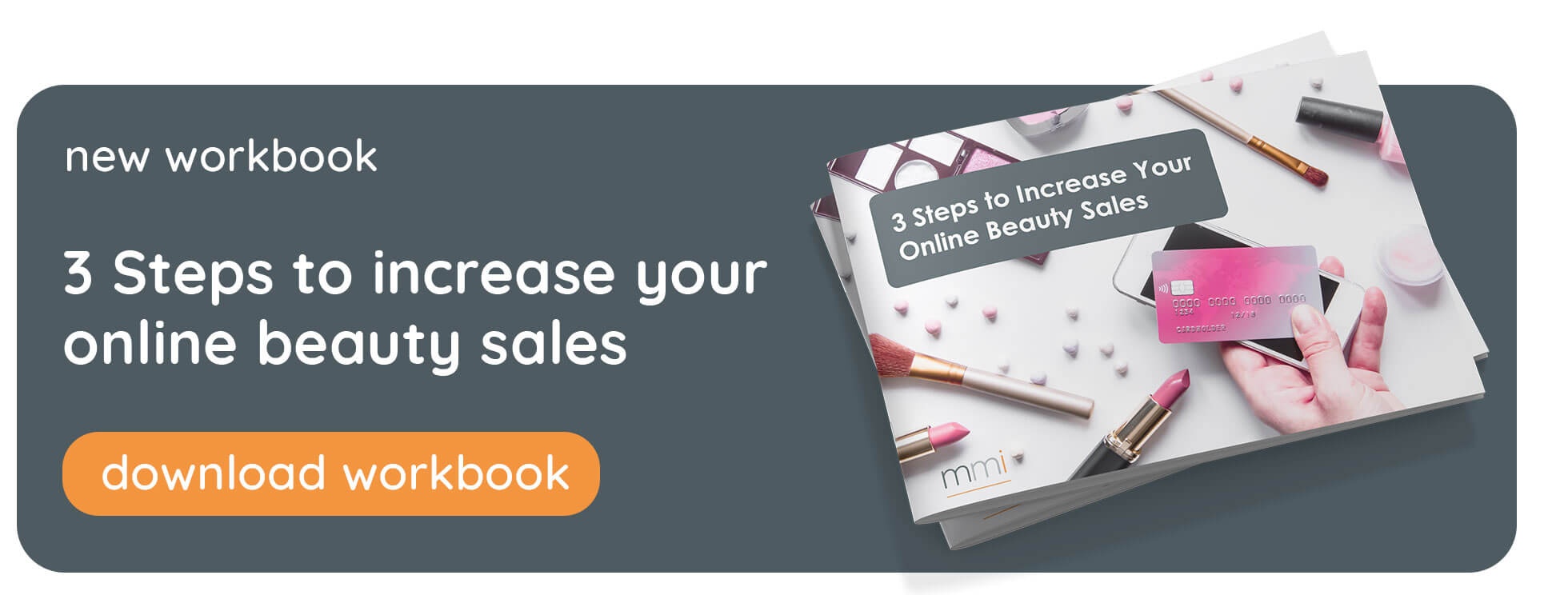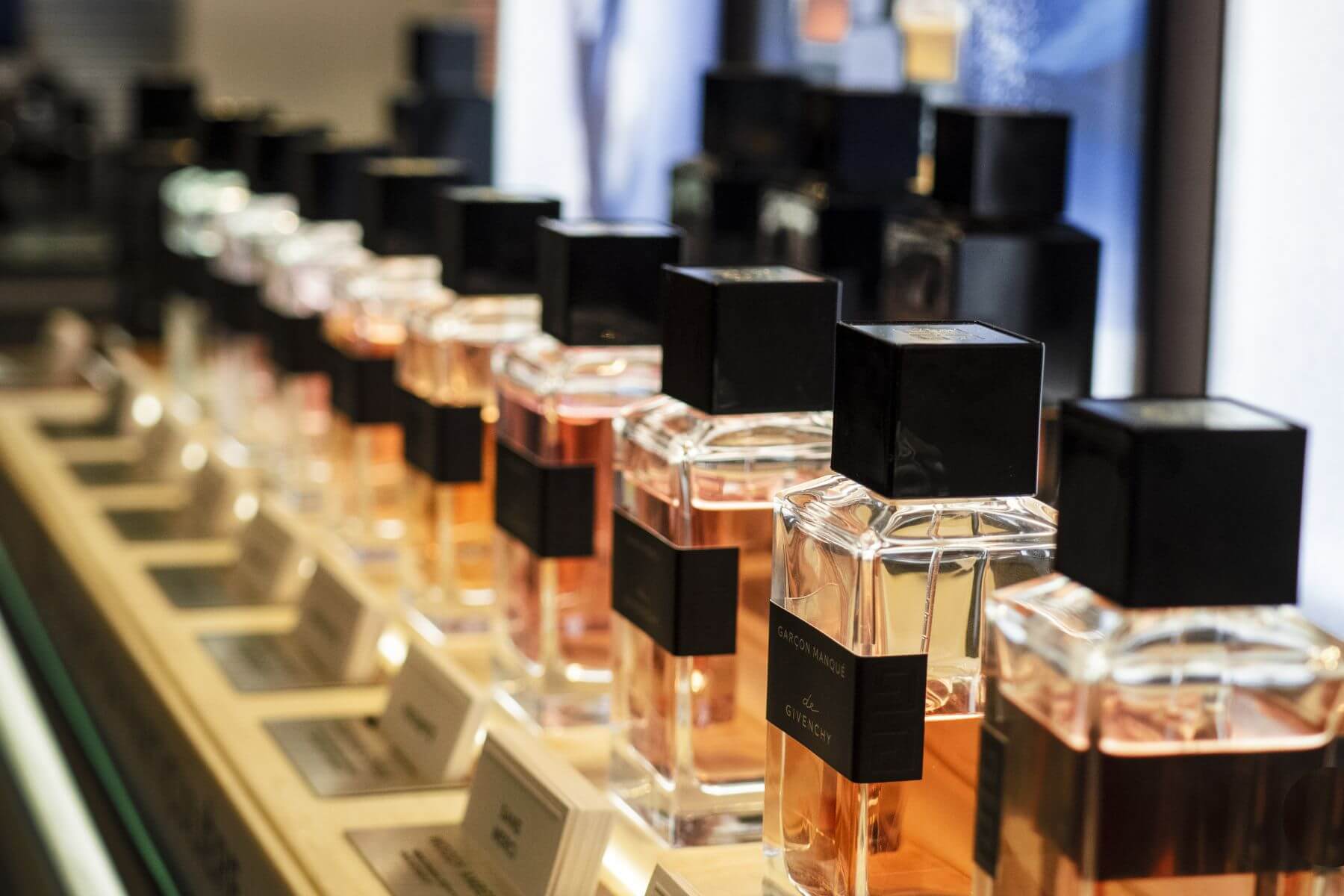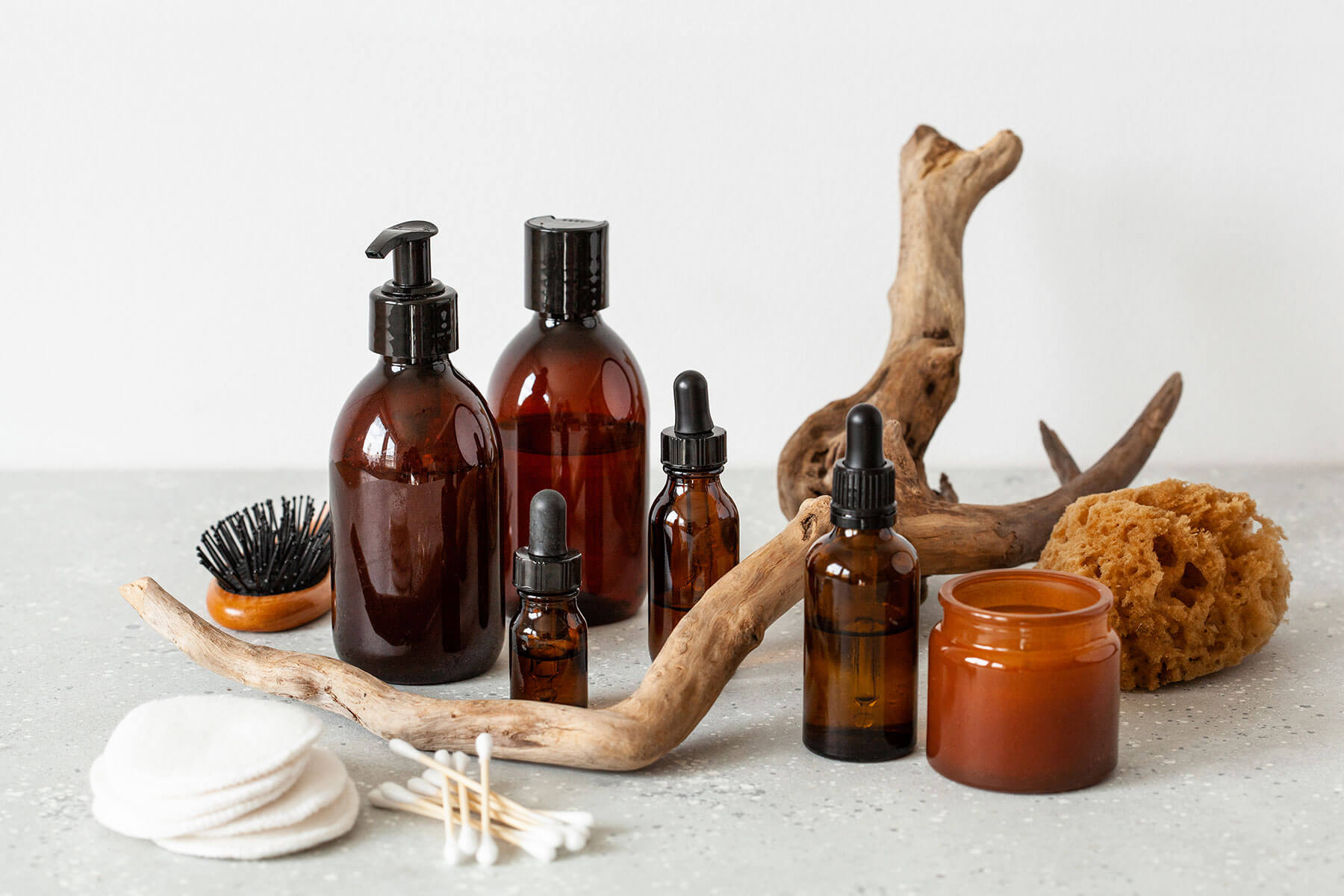The impact of COVID-19 continues to reverberate through the beauty industry, as brands respond to the ever-shifting landscape in new and increasingly tech-forward ways. Charlotte Tilbury has doubled down on ecommerce with its new Shop with Friends feature, allowing customers to video chat with friends as they browse the brand’s whimsical VR store together. Meanwhile, Dyson has entered the ‘metaverse’ by launching its own virtual shop through the Oculus store on the VR headset by Meta (formerly Facebook), where users can virtually test out hair tools. With Gartner’s Future of Sales report stating that 80% of sales will be made online by 2025, these technological advances appear all the more strategically savvy.
This is especially true when you consider the effect COVID-19 is still having on beauty sales. While some brands have bounced back (and even thrived), most are experiencing slow growth as they strive to return to pre-pandemic levels. Estée Lauder Companies reveals its makeup category is the only segment to reach 2019 figures and expects net sales to increase by 12% to 15% in fiscal 2022 – down from its original estimate of a 13% to 16% rise.
But, with high streets reopened and the world feeling closer to normal than it has in 18 months, you might be wondering why your revenue hasn’t yet improved. Here are five reasons why your beauty brand’s sales may not have returned to pre-pandemic levels…
1. Supply Chain Issues
Disappointing sales aren’t necessarily down to a lack of demand in the beauty world. Supply chain delays are an industry-wide problem, due to port congestion, labour shortages and varying COVID-19 restrictions across Europe. As such, products aren’t as easily available for consumers to buy. This is affecting brands big and small and threatens to hit the industry’s lucrative holiday period. Some companies are countering this by producing and ordering products early, in time for Christmas. Some have also turned to air freight instead of ship deliveries.
2. Changing Consumer Behaviour
Consumers are still spending more time at home – both with remote working and fewer nights out – leading them to use less and, in turn, spend less on makeup and fragrance. It’s positive news for the home fragrance industry, but less so for the cosmetics category, which relies on regular usage to keep customers coming back.
3. Global Economy Struggles
While the unemployment rate is gradually dropping after sharp increases in 2020, consumers are still finding they have less money or are concerned about spending. The prices for essentials, such as gas, electric and food, are steadily rising as wages remain the same. As such, luxury spending has become less of a priority - or a possibility - for the average shopper.
4. Fewer Jet-Setting Shoppers
In the luxury sector especially, travel retail is a relatively large piece of the beauty sales puzzle. McKinsey reports that, in 2019, the travel retail channel’s share of all global beauty sales amounted to 8%, before plummeting to 4% in 2020. But it’s not just airport shopping that has been impacted by COVID-19; the hit on tourism means fewer shoppers are spending in European high streets, too. According to Premium Beauty News, the Chinese - who are now making their lucrative purchases at home - represent 35 to 40% of luxury customers in Europe.
5. Flagging In-Store Footfall
Althoughstores have reopened, offline retail isn’t yet booming. This is apparent in figures from the British Retail Consortium, which reveal that high street footfall decreased by 18.3% in October 2021 when compared to the same month in 2019. Consumers, it seems, have become used to the convenience of online shopping – something that brands made even easier (and moreenjoyable) in 2020. Tasked with translating a tactile industry through screens, in lieu of in-store testers, many brands introduced virtual consultations that replicated the offline beauty counter experience. This digital focus was long overdue. However, to improve footfall, optimisation of the offline customer journey may be the next frontier for beauty brands.
Up next: Discover how your brand can drive digital transformation in the prestige beauty industry.





